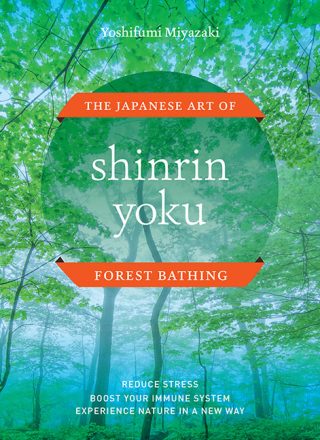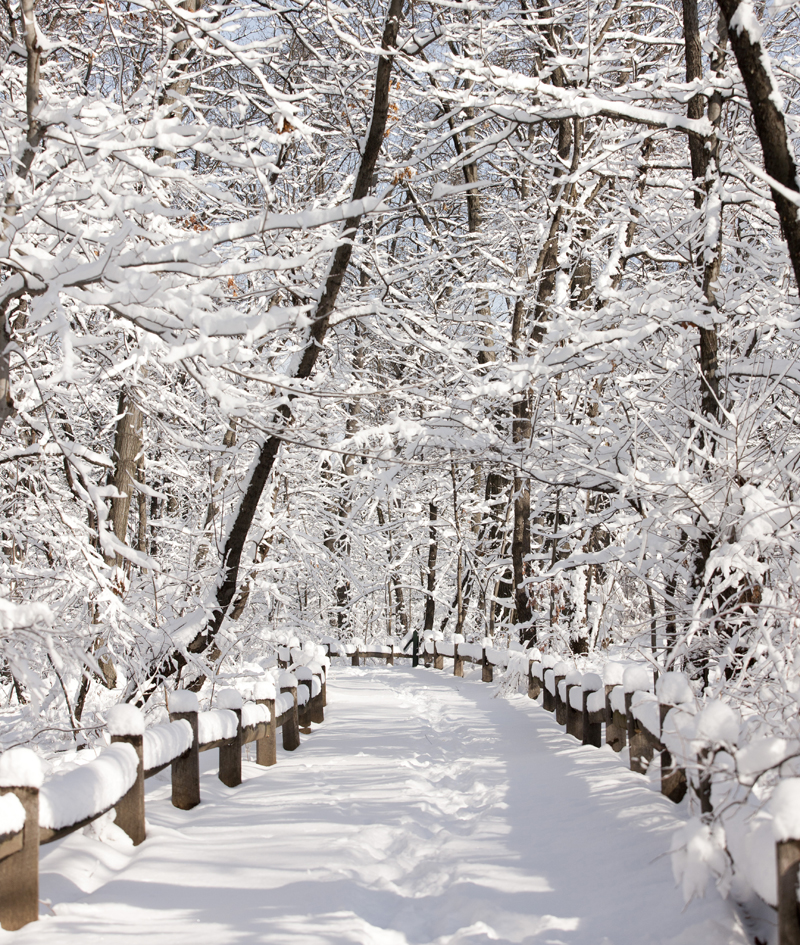Bathing Among the Trees
Posted in From the Library on September 27 2018, by Esther Jackson
Esther Jackson is the Public Services Librarian at NYBG’s LuEsther T. Mertz Library where she manages Reference and Circulation services and oversees the Plant Information Office. She spends much of her time assisting researchers, providing instruction related to library resources, and collaborating with NYBG staff on various projects related to Garden initiatives and events.
 Shinrin-yoku, “forest bathing” in English, is definitely having a moment. Shinrin-Yoku: The Japanese Art of Forest Bathing is a new book on the discipline written by Yoshifumi Miyazaki for Timber Press. Miyazaki, a university professor, researcher, and the deputy director of Chiba University’s Centre for Environment, Health and Field Sciences, has researched forest bathing since 1990, and has published several books on the effects and benefits of forest therapy.
Shinrin-yoku, “forest bathing” in English, is definitely having a moment. Shinrin-Yoku: The Japanese Art of Forest Bathing is a new book on the discipline written by Yoshifumi Miyazaki for Timber Press. Miyazaki, a university professor, researcher, and the deputy director of Chiba University’s Centre for Environment, Health and Field Sciences, has researched forest bathing since 1990, and has published several books on the effects and benefits of forest therapy.
The term shinrin-yoku was coined in 1982 and refers to the practice of walking through the woods and experiencing nature. Specifically, practitioners enjoy nature at a leisurely pace, “bathing” in the natural environment and benefiting from lowered stress levels and a heightened sense of well-being. Japanese researchers have been measuring the positive effects of shinrin-yoku for decades, attempting to quantify both chemicals and perceptions—a difficult task. (For more information about the research surrounding shinrin-yoku, see Amitah Kalaichandran’s recent article from The New York Times.)
For those who are interested in giving shinrin-yoku a try, Miyazaki’s book is an excellent introduction. Chapter titles include “The Concept of Nature Therapy,” “Japan’s Relationship with Nature,” “The Practice of Shinrin-yoku,” “Bringing the Forest Closer to Home,” “The Science Behind Nature Therapy,” and “The Future of Forest Therapy Research.” NYBG also offers classes for those who would prefer a more hands-on instruction.
See also: NYBG volunteer Jeanne Lapsker’s Plant Talk blog on shinrin-yoku from 2015 and my Forest Bathing book review from earlier this year.

